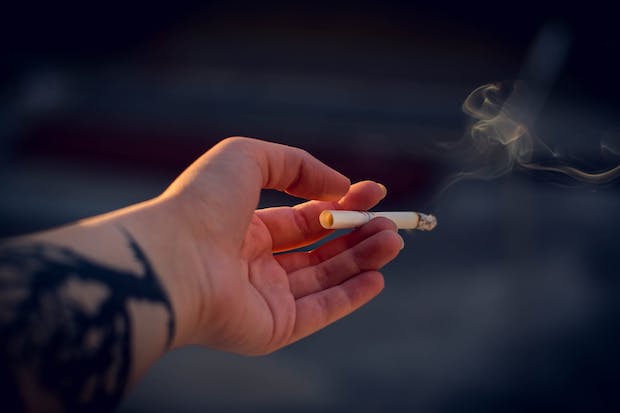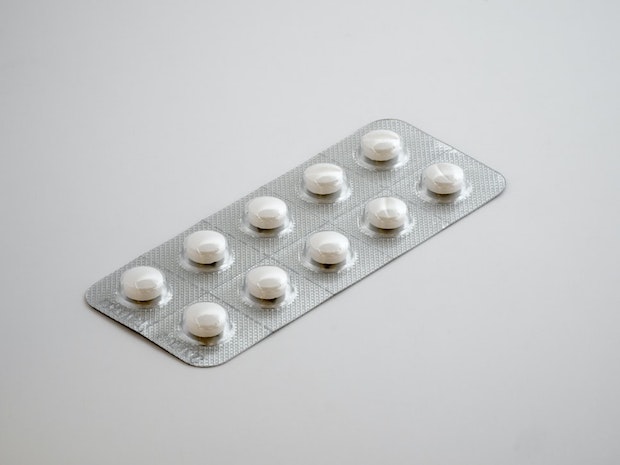Table of Contents
a. What Causes Prostate Cancer
b. Symptoms of Prostate Cancer
II. Prostate Cancer Hormone Treatments
a. Antiandrogens for Prostate Cancer
b. LHRH Agonists for Prostate Cancer
What is Prostate Cancer?
Prostate cancer is the second most common form of cancer in men. It is estimated that almost 200,000 American men will be diagnosed with prostate cancer in 2020. Approximately one in nine men will develop the condition during their lives. Prostate cancer is most common in men that are over 65 and is rare in men under the age of 40. [1]
The prostate is a small gland that is found near the bladder in males. The gland is around the size of a walnut and has several functions. One of the most important functions of the prostate is to produce semen that helps transport sperm produced by the testicles. [2]
Most prostate cancers are diagnosed when the disease is in its local stage. This means that the cancer is still contained within the prostate and nearby organs. When cancer cells are still contained within the prostate, then treatment is more likely to be successful. [3]
a. What Causes Prostate Cancer
Prostate cancer begins when cells in the prostate mutate and become abnormal. The mutations cause cells to grow and multiply quicker than normal cells. Additionally, abnormal cells survive when normal cells would not. The ever-growing number of abnormal cells can form a tumor that can harm nearby tissue.
The exact reason for these mutations is not known. However, there are certain factors that can increase the risk of developing prostate cancer. As previously mentioned, prostate cancer becomes more common as men get older. Prostate cancer is also more likely for people that have a family history of breast cancer or prostate cancer. Furthermore, the risk of prostate cancer is higher in black men, and people of this ethnicity are more likely to be diagnosed earlier. [4] Another risk factor for prostate cancer is smoking. Heavy smokers are twice as likely to develop this condition as non-smokers. However, after ten years, smokers that have quit have the same risk of prostate cancer as non-smokers. [5] There are certain factors that may increase the risk that cancer will be more aggressive or advanced. Men that are black or obese are more likely to have an advanced or aggressive form of prostate cancer. [4] The early stage of prostate cancer often has no symptoms, which can make it difficult to diagnose. [5] When the condition becomes more advanced, symptoms may mimic the signs of benign prostate hyperplasia (BPH or enlarged prostate). These symptoms include: Most forms of prostate cancer require the hormone testosterone to survive and grow. These are known as ‘androgen-sensitive’ cancers. Hormone therapy (also known as androgen suppression therapy) usually works for a number of years, although cancer cells may learn how to bypass these treatments over time. However, they are often used as an initial treatment for men that cannot have or do not want to try alternative therapies. [5] The main two forms of hormone treatment for prostate cancer are antiandrogens and LHRH agonists. Keep reading to learn more about these hormone treatments. Androgen sensitive cancer cells require testosterone and other androgens during the early stages of the condition. Antiandrogens work to treat prostate cancer by blocking testosterone receptors. Common antiandrogen medications include Androcur (cyproterone) and Casodex (bicalutamide). Antiandrogens are usually taken orally. The medications bind themselves to proteins called androgen receptors. This prevents testosterone and other androgens from binding to the same proteins, slowing down, and stopping the effectiveness of the testosterone hormone. [6] Often, when treating prostate cancer, antiandrogens are prescribed in combination with other treatments, including LHRH agonists. Luteinizing hormone-releasing hormone (LHRH) agonists are another form of hormonal cancer treatment. Lupron (leuprolide) is a common LHRH agonist. Unlike antiandrogens, which reduce the effect of testosterone, LHRH agonists work by suppressing the body’s ability to produce testosterone and lower the amount of testosterone that the testicles produce. LHRH agonists are usually injected or implanted under the skin. Depending on the medication, the frequency of injections can range between monthly and annually. [7] When LHRH agonists are initially used, testosterone levels briefly flare up before dropping to very low levels. For patients whose cancer has spread to the spine, this flare-up may cause severe pain or potential paralysis. [7] During initial treatment, LHRH agonists may be prescribed alongside antiandrogen drugs to prevent potential flares. LHRH antagonists work in a similar way to LHRH agonists but do not cause a flare of testosterone levels. Additionally, this type of medication works to lower testosterone levels much quicker. These medications are typically used to treat more advanced forms of prostate cancer. [7] The content in this article is intended for informational purposes only. This website does not provide medical advice. In all circumstances, you should always seek the advice of your physician and/or other qualified health professionals(s) for drug, medical condition, or treatment advice. The content provided on this website is not a substitute for professional medical advice, diagnosis or treatment.
b. Symptoms of Prostate Cancer

Prostate Cancer Hormone Treatments
a. Antiandrogens for Prostate Cancer

b. LHRH Agonists for Prostate Cancer
c. LHRH antagonists
